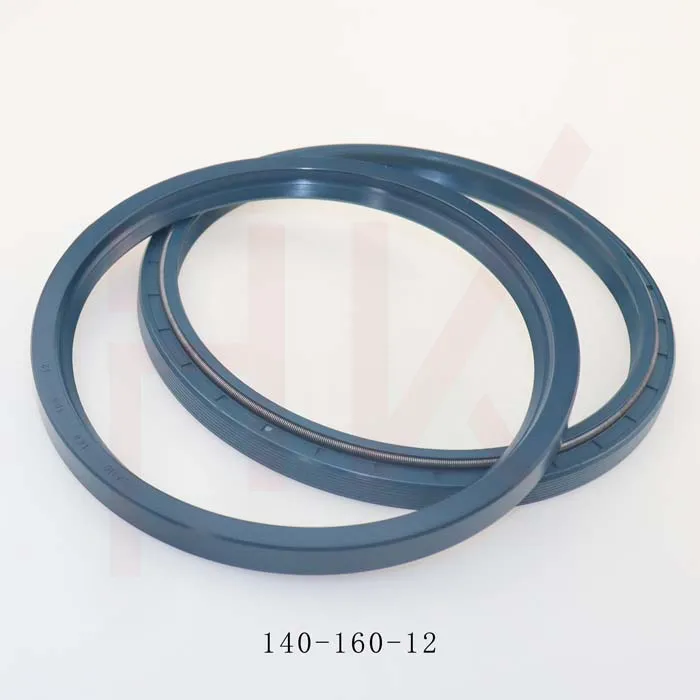Jul . 28, 2024 09:55 Back to list
Guidelines for Replacing Hydraulic Seals Efficiently and Effectively in Various Applications
Hydraulic Seal Replacement Ensuring Efficiency and Longevity
Hydraulic systems play a crucial role in various industries by transferring energy through pressurized fluid. A fundamental component of these systems is the hydraulic seal, which prevents fluid leaks and maintains pressure within the system. Over time, hydraulic seals can wear out due to several factors, including temperature fluctuations, contaminants, and prolonged use. Consequently, timely hydraulic seal replacement is essential to ensure efficiency and prolong the lifespan of hydraulic machinery.
Understanding Hydraulic Seals
Hydraulic seals are designed to control the movement of fluid within hydraulic cylinders, pumps, and other components. They come in various shapes and materials, including O-rings, U-cups, and V-rings, each suited for specific applications. The primary function of these seals is to prevent hydraulic fluid from leaking out while keeping contaminants from entering the system.
Signs of Worn Hydraulic Seals
Recognizing the signs of worn or damaged hydraulic seals is crucial for maintaining the efficiency of hydraulic systems. Some common indicators include
1. Fluid Leaks Visible leaks around cylinders or pumps are often the most obvious sign of seal failure. If you notice hydraulic fluid pooling on the ground or inside machinery, it may be time for replacement.
2. Inconsistent Performance Sudden changes in pressure or responsiveness can signal that seals are no longer functioning correctly. An erratic performance in machinery can lead to decreased productivity and increased operational costs.
3. Aging and Wear Over time, seals can become brittle, cracked, or deformed due to exposure to heat and chemicals. Regular inspection can help catch these issues before they become critical.
The Replacement Process
hydraulic seal replacement

Replacing hydraulic seals is a task that requires attention to detail and adherence to safety protocols. Here’s a step-by-step guide for efficient seal replacement
1. Preparation Before starting the replacement, ensure that you have the correct seals, tools, and safety equipment. Wear gloves and goggles to protect yourself from hydraulic fluid and debris.
2. Depressurization Always shut down the hydraulic system and relieve pressure to avoid accidents during the replacement process. This step is critical for your safety.
3. Disassembly Carefully disassemble the components where the seals are located, taking care to note the order and orientation of each part. This is vital for reassembly.
4. Removing Old Seals Use appropriate tools to remove the old seals without damaging the housing or other components. Pay attention to the seal grooves and clean them thoroughly.
5. Installation of New Seals Before installing new seals, lubricate them with compatible hydraulic fluid to prevent damage during installation. Place the seals precisely in their designated grooves, ensuring they are straight and correctly oriented.
6. Reassembly Assemble the components back to their original configuration. Be careful not to overtighten bolts, as this can damage the seals.
7. Testing Once reassembled, slowly pressurize the hydraulic system and check for leaks. Monitor the system’s performance to ensure that the seals are functioning as expected.
Conclusion
Regular maintenance and timely replacement of hydraulic seals are vital to the performance and longevity of hydraulic systems. By being proactive and attentive to signs of wear, operators can prevent costly downtime and enhance operational efficiency. Whether tackling seal replacement in-house or with the assistance of professionals, understanding the process and its significance is key to successful hydraulic system management. With the right approach, businesses can ensure their hydraulic systems remain reliable and efficient for years to come.
-
TCN Oil Seal Metal Ring Reinforcement for Heavy Machinery
NewsJul.25,2025
-
Rotary Lip Seal Spring-Loaded Design for High-Speed Applications
NewsJul.25,2025
-
Hydraulic Cylinder Seals Polyurethane Material for High-Impact Jobs
NewsJul.25,2025
-
High Pressure Oil Seal Polyurethane Coating Wear Resistance
NewsJul.25,2025
-
Dust Proof Seal Double Lip Design for Construction Equipment
NewsJul.25,2025
-
Hub Seal Polyurethane Wear Resistance in Agricultural Vehicles
NewsJul.25,2025
-
The Trans-formative Journey of Wheel Hub Oil Seals
NewsJun.06,2025
Products categories
















